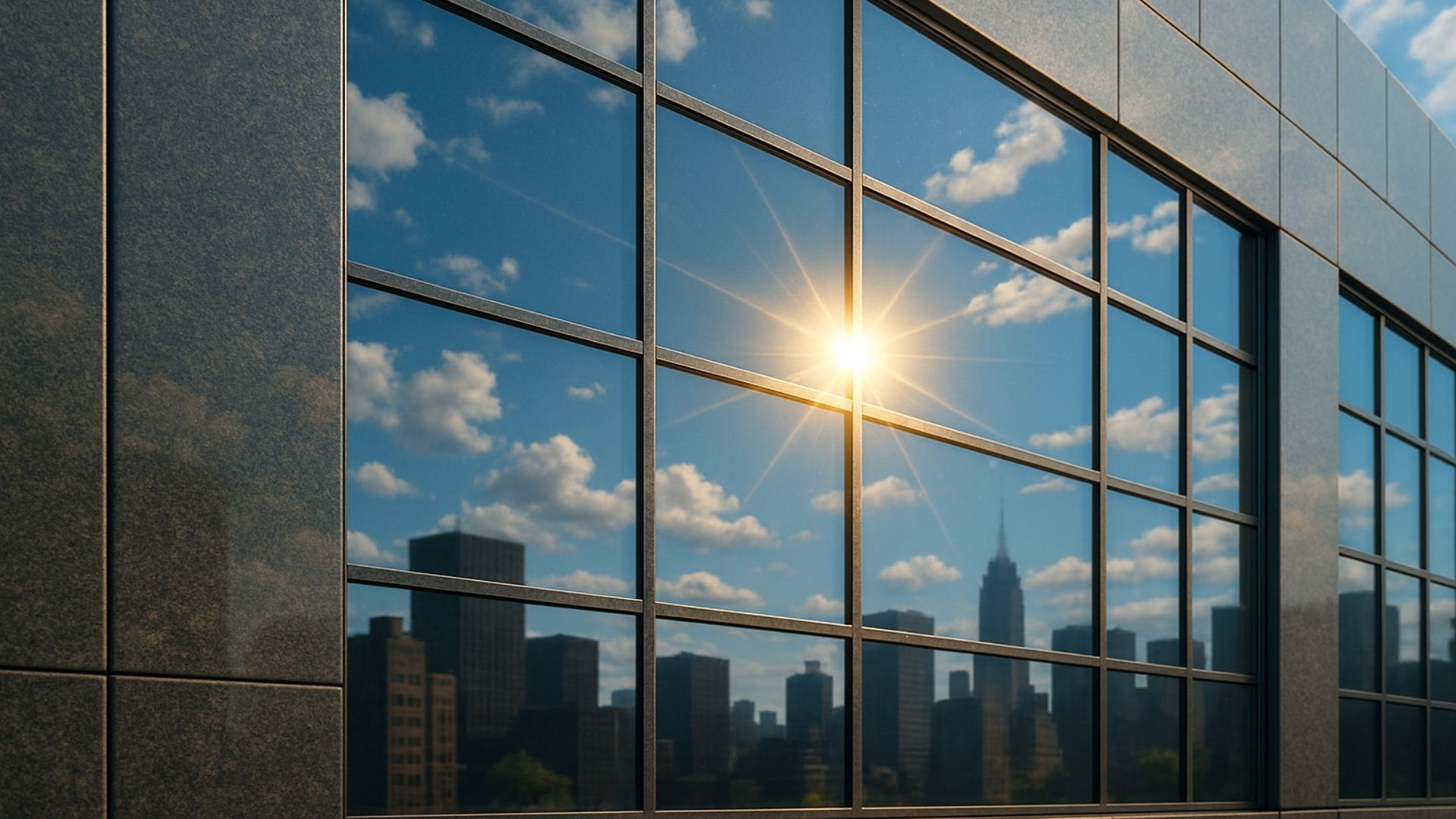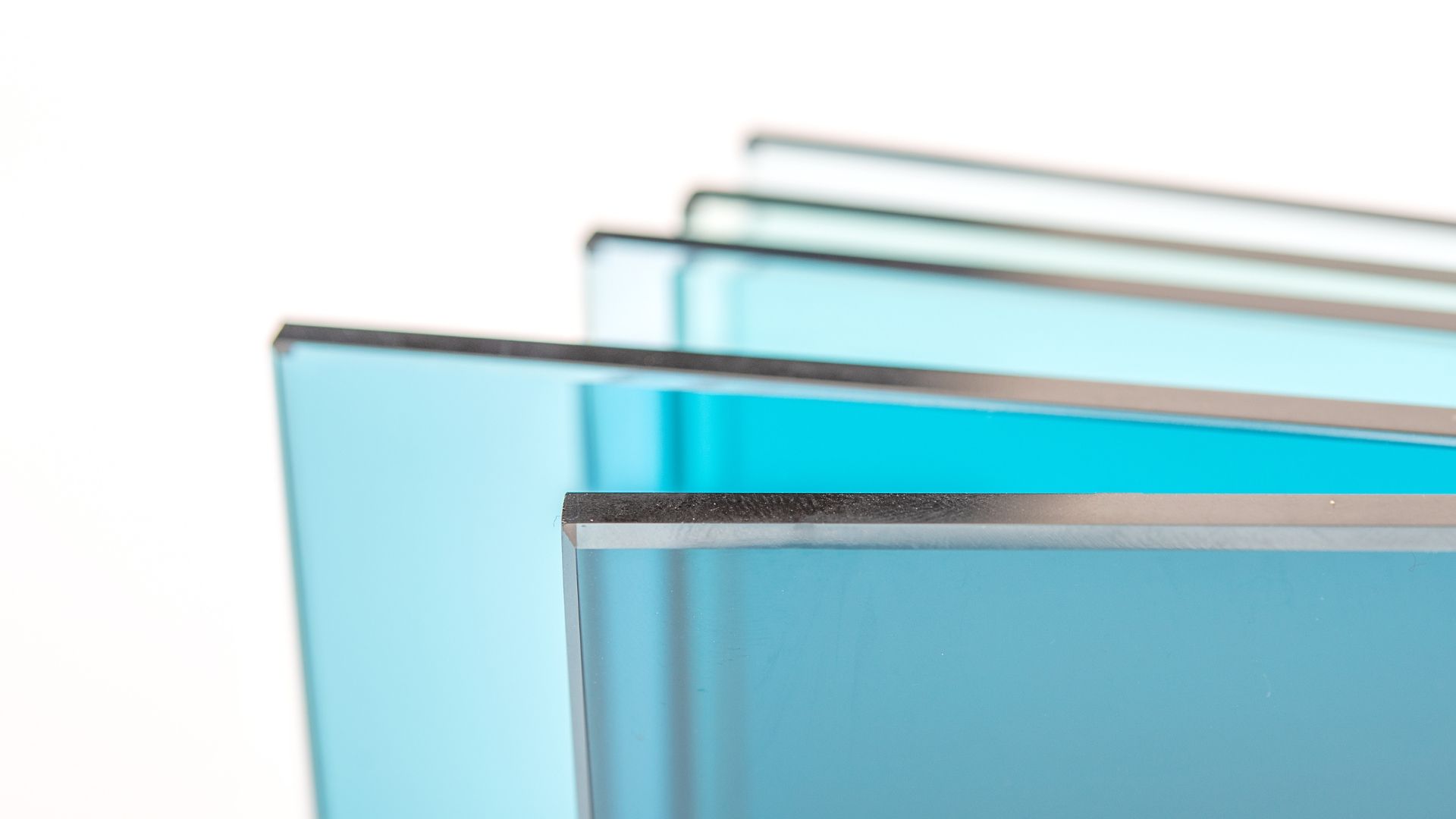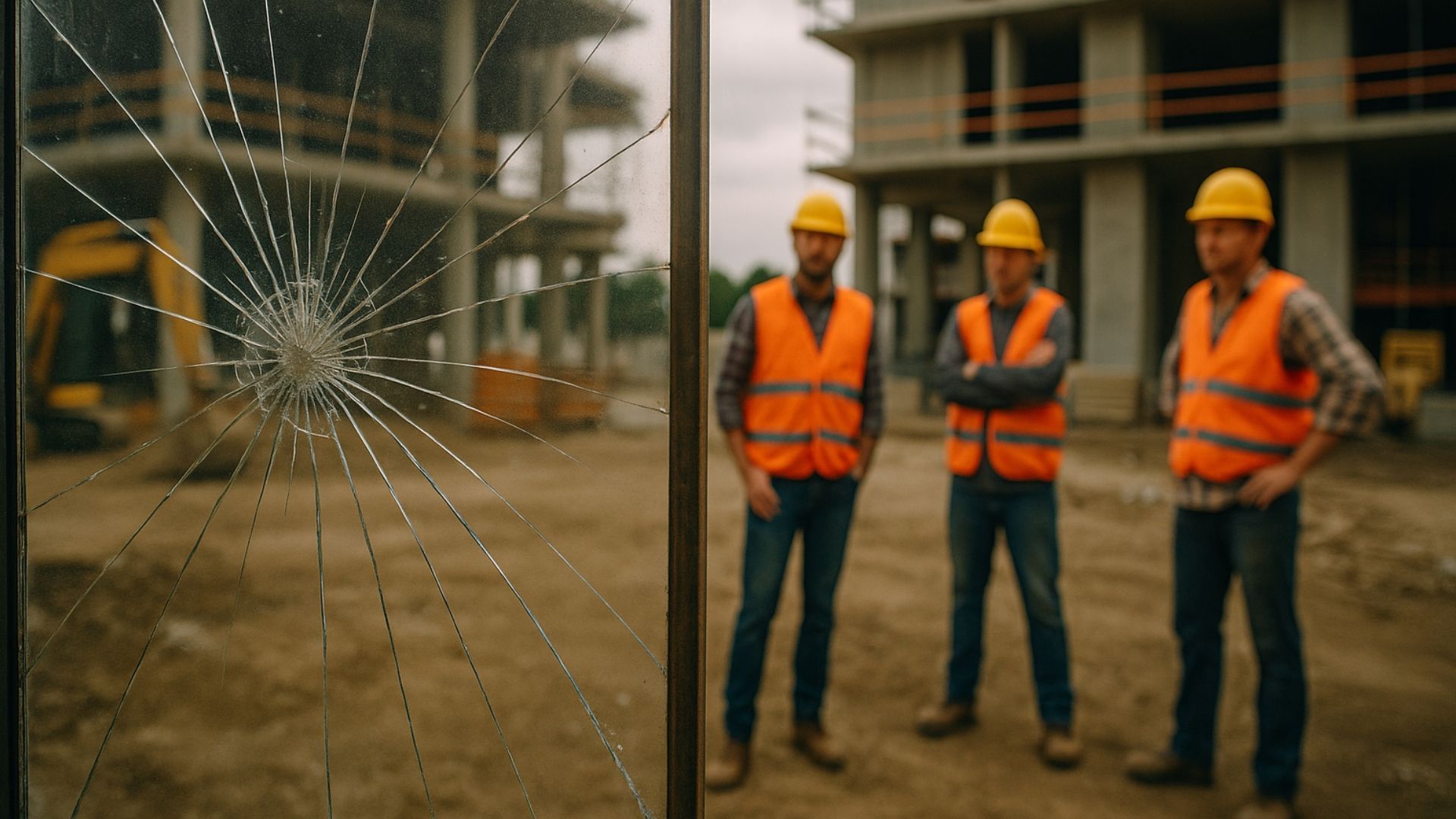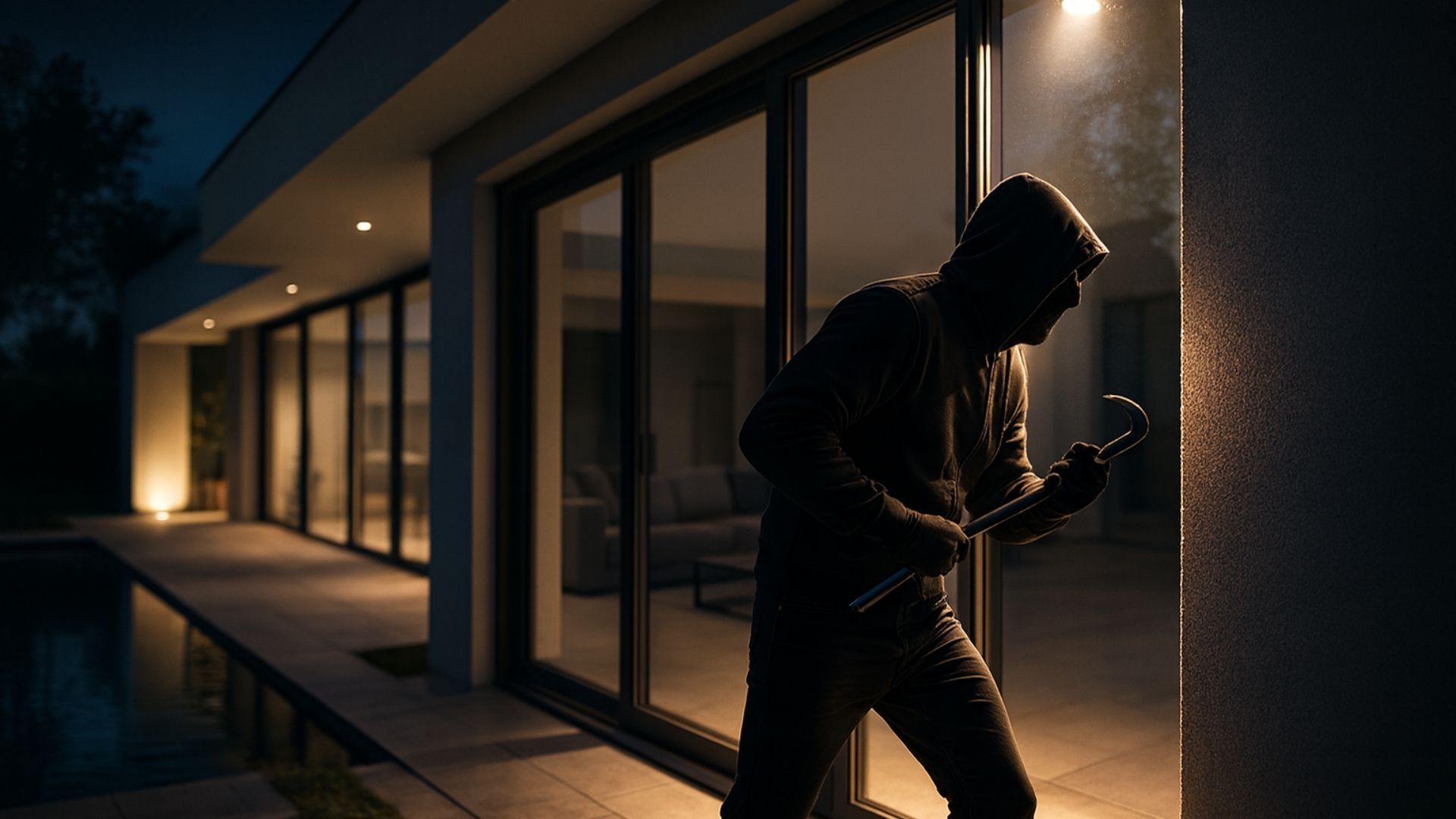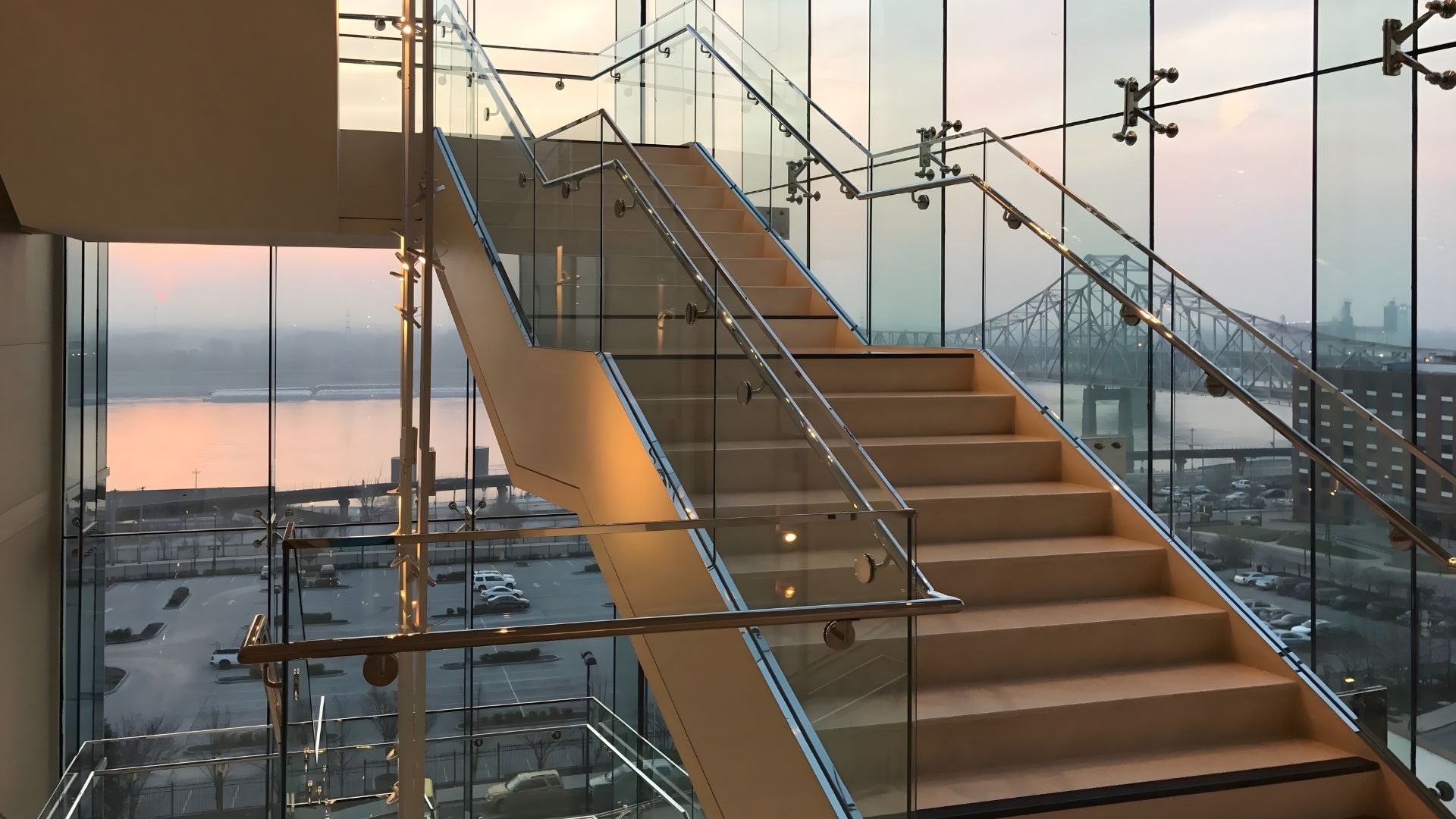A guide to toughened glass regulations in the UK
Share this blog:
What are the safety regulations with regard to toughened glass in domestic and commercial settings? Learn the key facts in our guide.
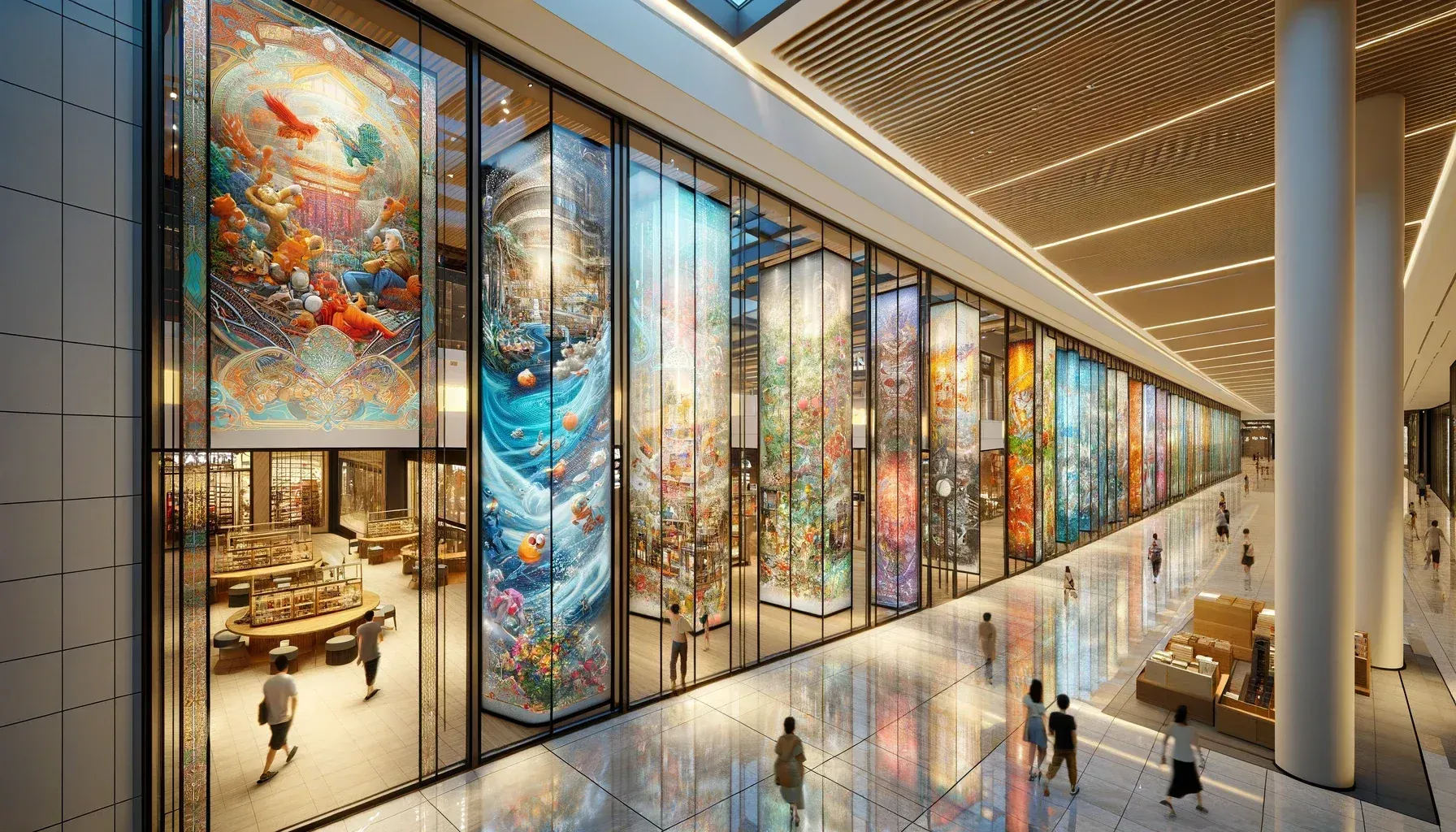
Whether you're a glass installer, homeowner or architect, it pays to know the regulations surrounding the use of toughened glass. Keeping in line with industry-standard regulations is important from both a reputational and safety point of view.
Safety is a key reason why toughened glass is now expected in most building projects. If broken, it breaks into small, harmless pieces rather than potentially injurious shards.
In this article, we break down the toughened glass regulations currently applicable in the UK. But before we go any further, it's important to note a couple of things.
First off, this article doesn't constitute advice – it's written more in the spirit of fact-sharing. Customers and installers alike are responsible for any injury caused by an installation that's not fully in line with regulations.
Second, we're sharing the regulations as we know them at the time of writing. Before you act, double-check this guidance against the regulations.
So without further ado, what are the regulations?
A brief guide to toughened glass regulations
In the UK, toughened glass regulations are governed by British standards. These are the minimum standards that a product must meet before being recognised as a quality product.
The regulations cover what kinds of glass can be installed into windows, doors and other locations. They apply both to domestic and commercial settings – the regulations don't distinguish between the two.
Toughened glass is built for safety and is one of the main types of
safety glass. The regulations are concerned with safety and outline "critical locations" where safety glass has to be used.
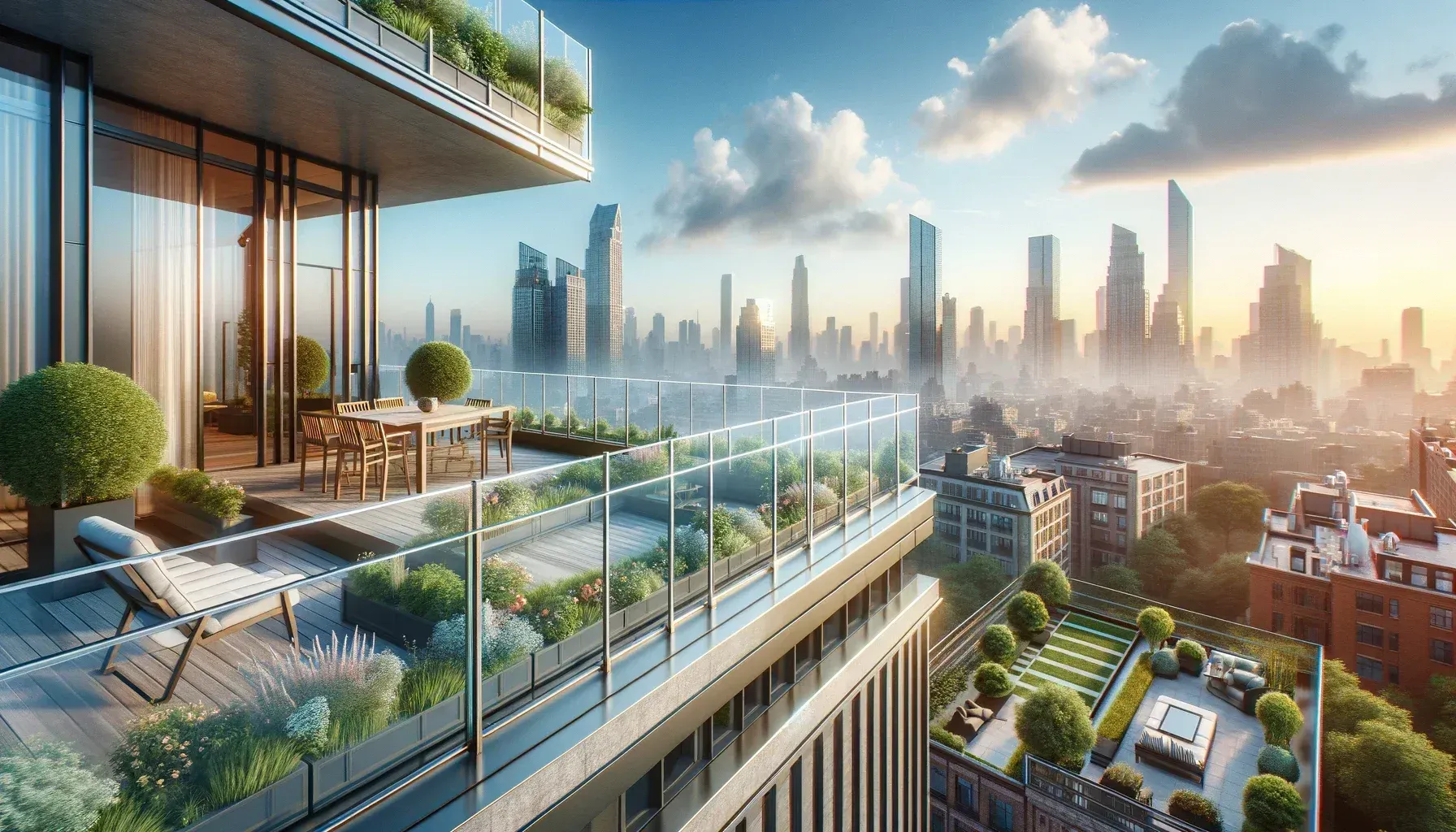
Along with laminated glass, toughened glass is a recommended candidate because of the way it breaks. If you smash a conventional "annealed" piece of glass, it will break into large, jagged shards that could easily cause injury. Toughened glass, by contrast, is designed to break into safe pieces, each one about the size of a fingernail.
Critical locations are places where injury is most likely in the event of a breakage. It covers doors and their side panels, low
windows, low-level glass in walls, bathrooms,
glass partitions, furniture and cabinets.
One thing to note about toughened glass is that it's not purely functional. It can be just as attractive as ordinary glass and is often available in a range of decorative options.
In a domestic setting, you could go for frosting or patterning.
Commercial clients can get their safety glass printed with logos, brand names and other insignia. We've reached a point in glass manufacturing where safety and style are far from mutually exclusive.
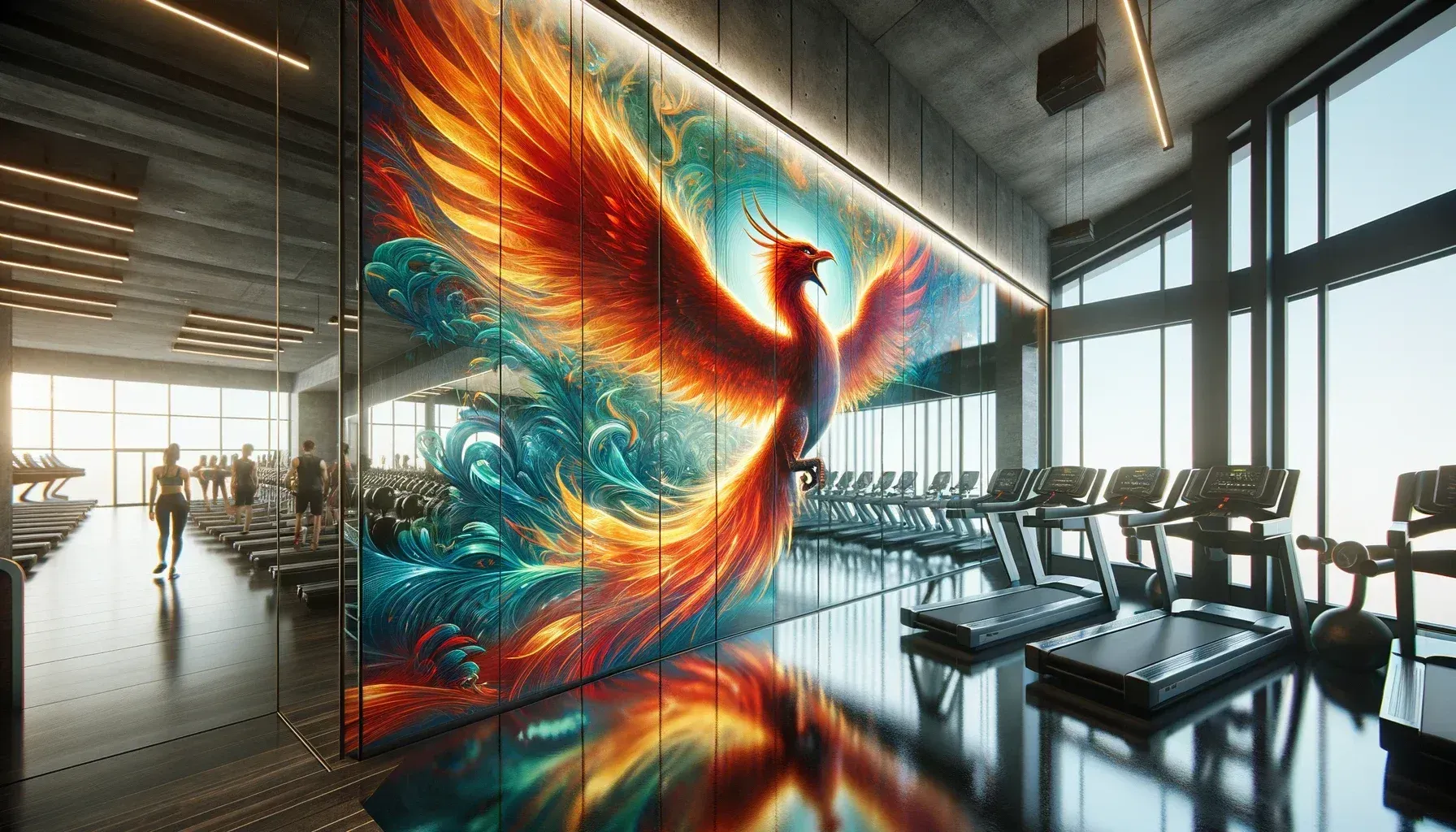
Here at ToughGlaze, we supply toughened glass to all sorts of industries – from partition installers to architects, from aquarium makers to shopfitters. Our whole range is in line with the UK's glass regulations and built to last.
Frequently asked questions
Where should safety glass be fitted?
According to BS regulations, safety glass needs to be fitted in all glazed areas that are lower than 800 millimetres from the ground.
However, if a glass panel has a width of less than 250 millimetres, it's possible to fit it with
laminated glass or six-millimetre annealed glass rather than toughened glass.
What are critical locations?
There are six "critical locations" – types of installation where there's a higher-than-usual possibility of injury caused by broken glass. These are:
- Glazing in doors where the glass is within 1,500 millimetres of the floor
- Door-adjacent glazing where windows or side panels are within 300 millimetres of the door edge and within 1,500 millimetres of the floor
- Low-level glazing: this covers any glazing other than windows or doors that are within 800 millimetres of the floor
- Bathroom areas: if there's a risk of slipping on a wet surface, the glazing needs to be toughened
- Protective barriers such as balconies and balustrades
- Furniture: this covers tables, cabinets, shelves, trolleys and mirrors (both wall-hung and free-standing)
Is ordinary wired glass covered by safety regulations?
No. Wired glass isn't a form of safety glass.
What are the rules surrounding double-glazed sealed units?
Where a unit is double-glazed, the safety regulations apply to both panes of glass.
Does safety glazing have to be marked?
In accordance with building regulations, safety glazing has to be marked – and the marking has to be visible once the glass is fitted and any beading or pointing has been completed.
What is the most common form of safety glass?
The most common form of safety glass is four-millimetre toughened glass – which also happens to be the cheapest. This type of glass is used for most residential safety glazing. It's available in patterned and energy-saving options.
Conclusion
So there you have it: the main regulations covering toughened glass in the UK. Remember, this article doesn't constitute advice – just the facts at the time of writing.
Keeping to these regulations is important both for the safety of yourself and others and, in a commercial setting, your business's reputation.
At ToughGlaze, we use only the highest quality glass from Guardian, Pilkington, Saint-Gobain and AGC.. This means that our toughened glass conforms to BS EN 572 – and each pane is tested and approved to BS EN 12600.
We encourage customers to have their toughened glass heat soak tested to reduce the chances of spontaneous breakage after installation. Although rare, the formation of nickel sulfide inclusions during the toughening process can cause issues down the line.
At a time when toughened glass is integral to most building projects, we take these high standards very seriously and are committed to producing high-quality materials for a wide range of applications.
So whatever industry you work in and whatever project you need it for, you can count on us for high-quality toughened glass cut, treated and delivered with a smile.
Are you looking for made-to-measure
toughened glass panels? Don't hesitate to
get in touch today for a quick quote.
